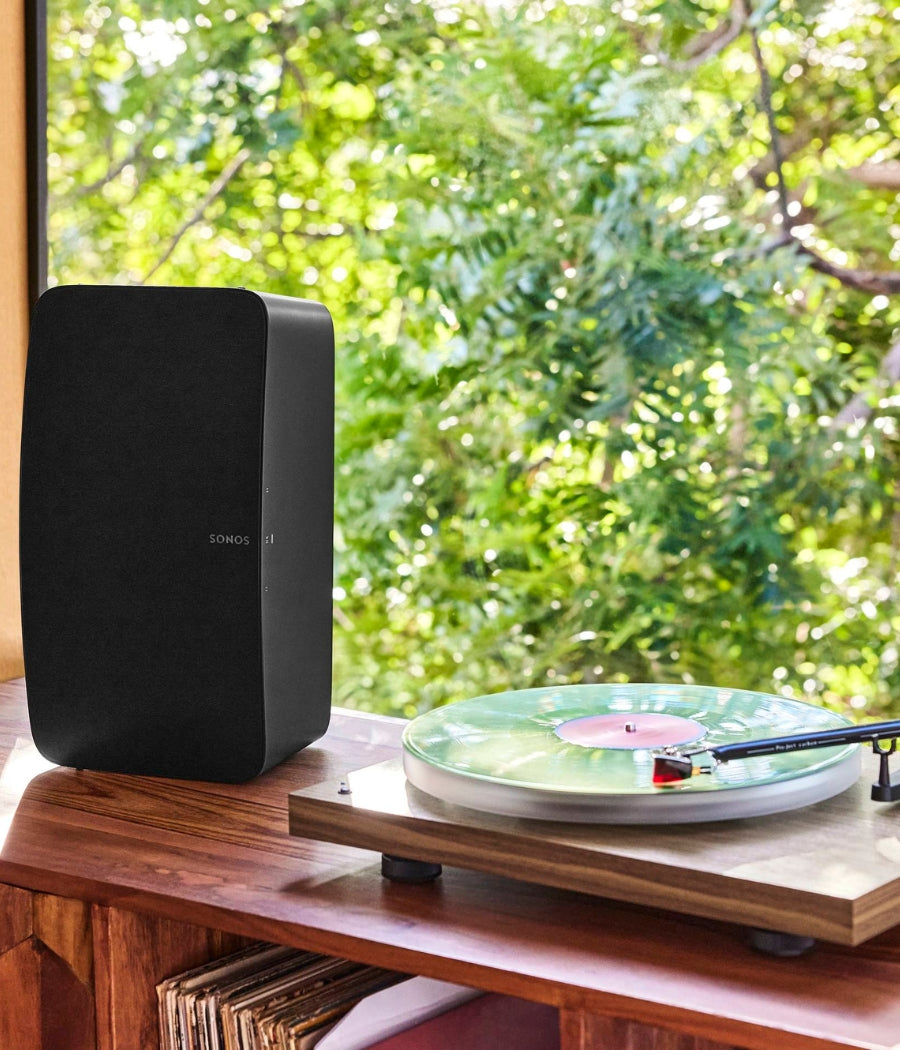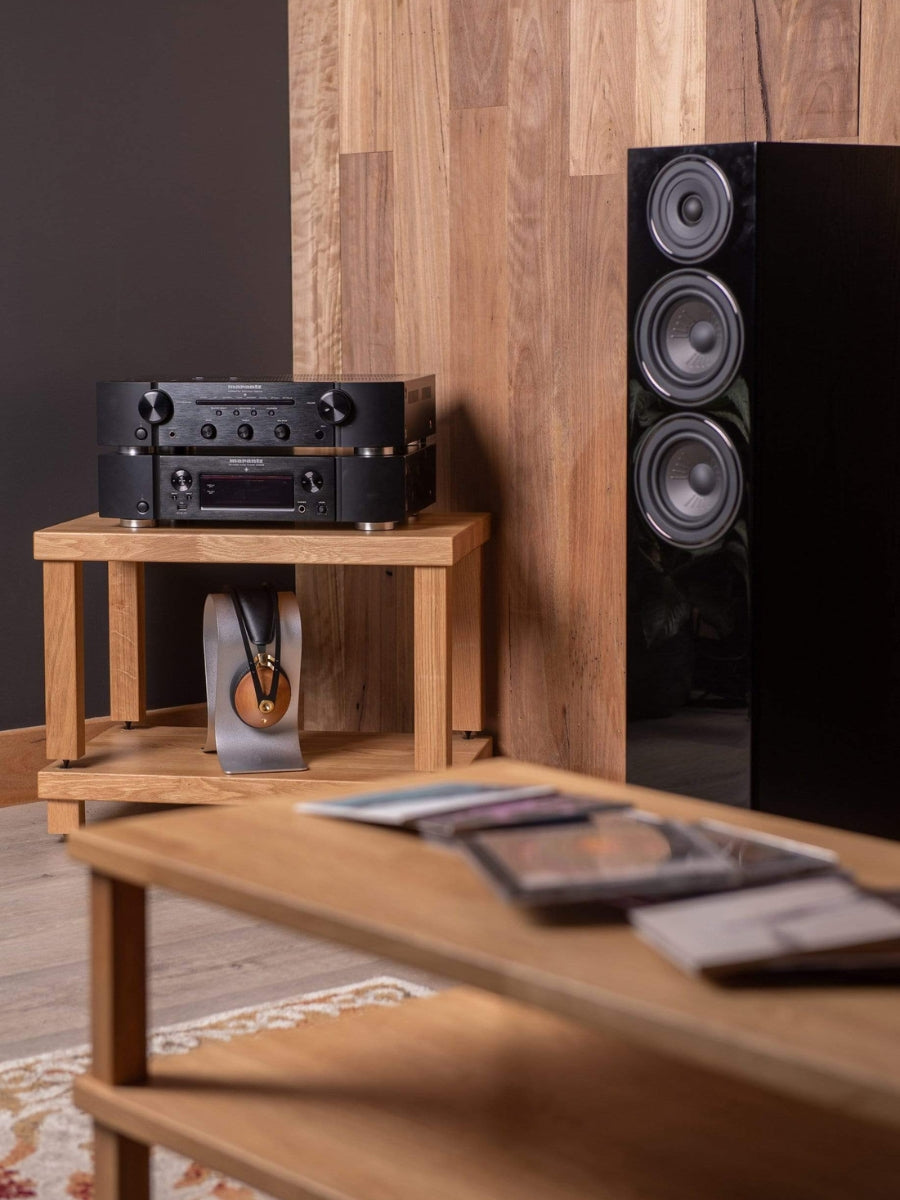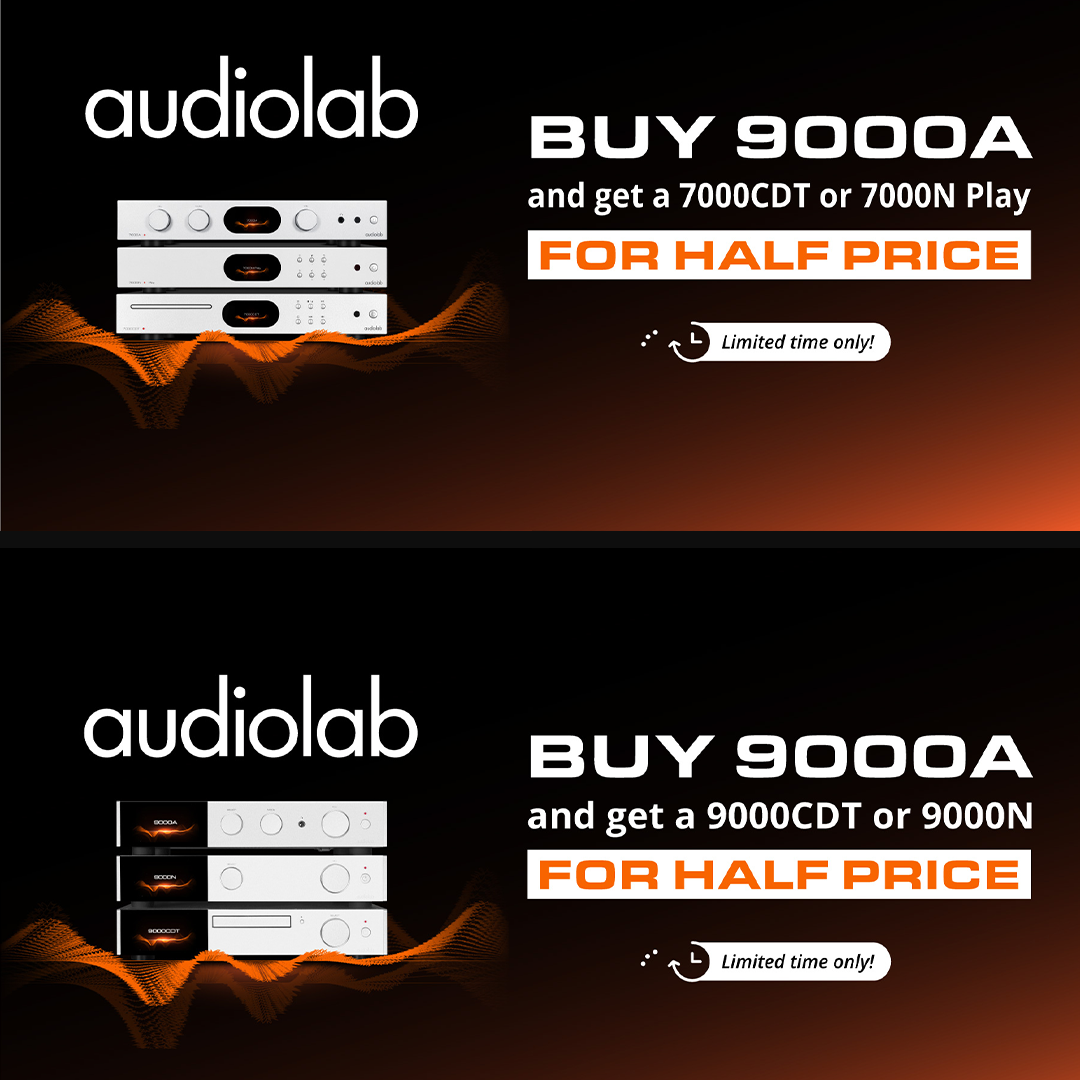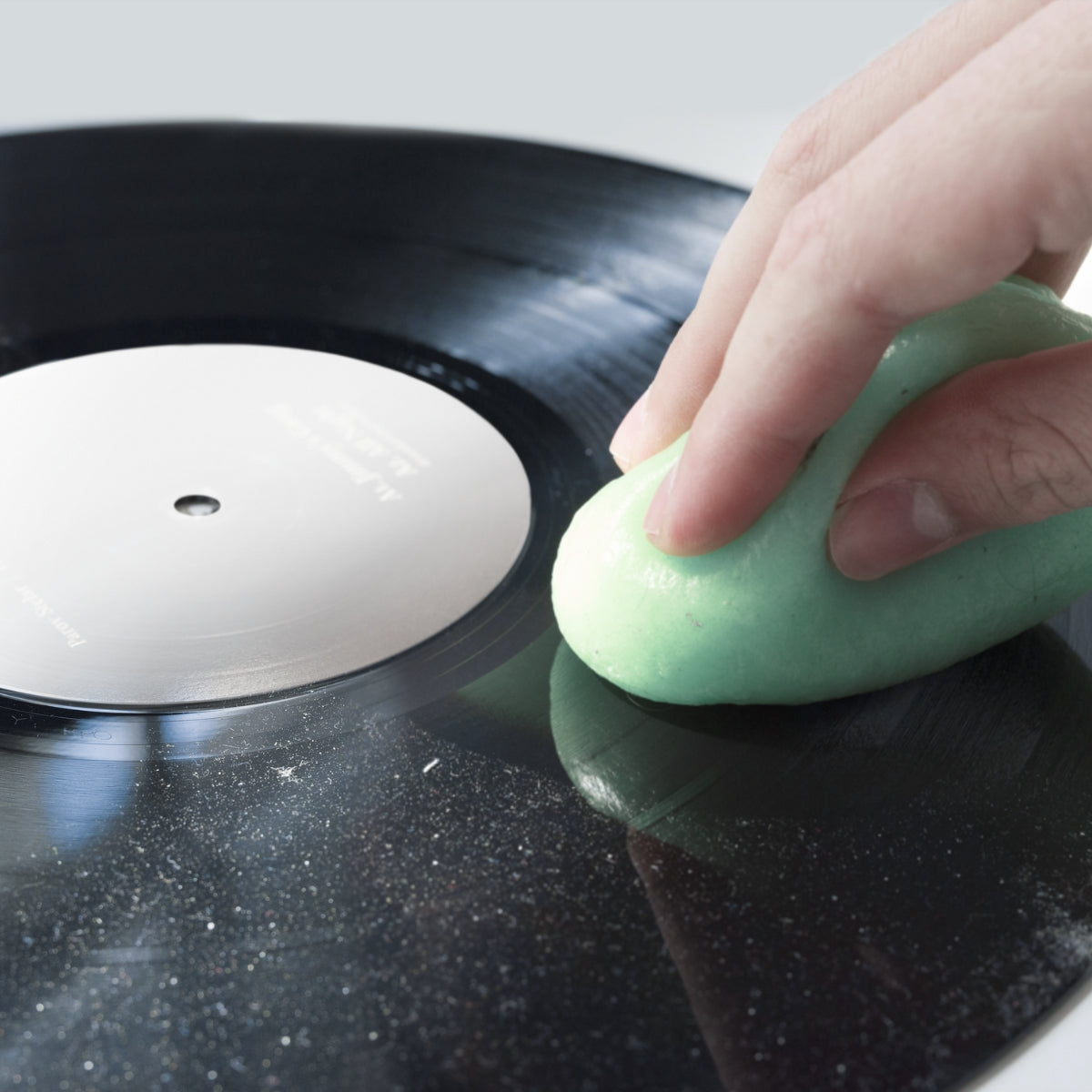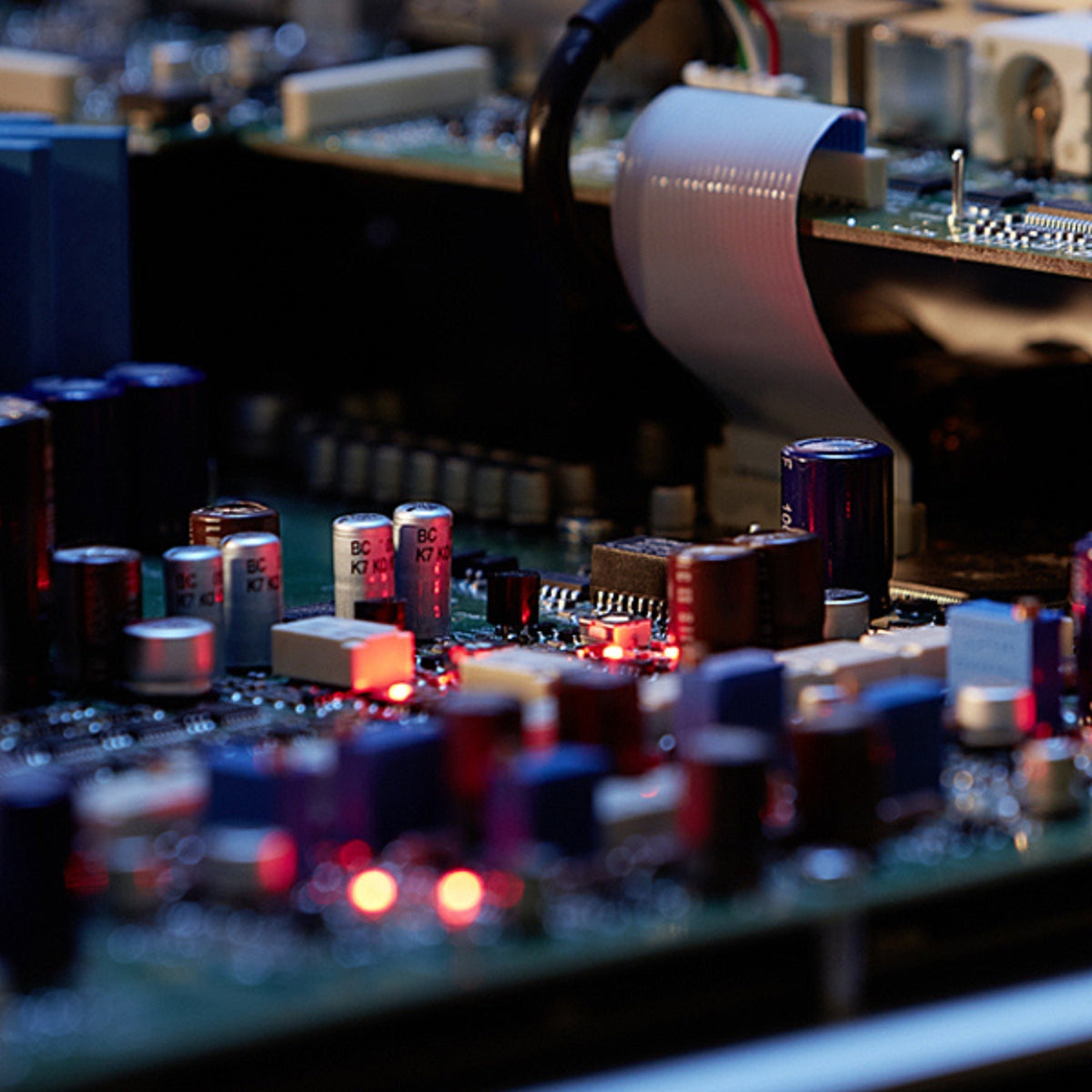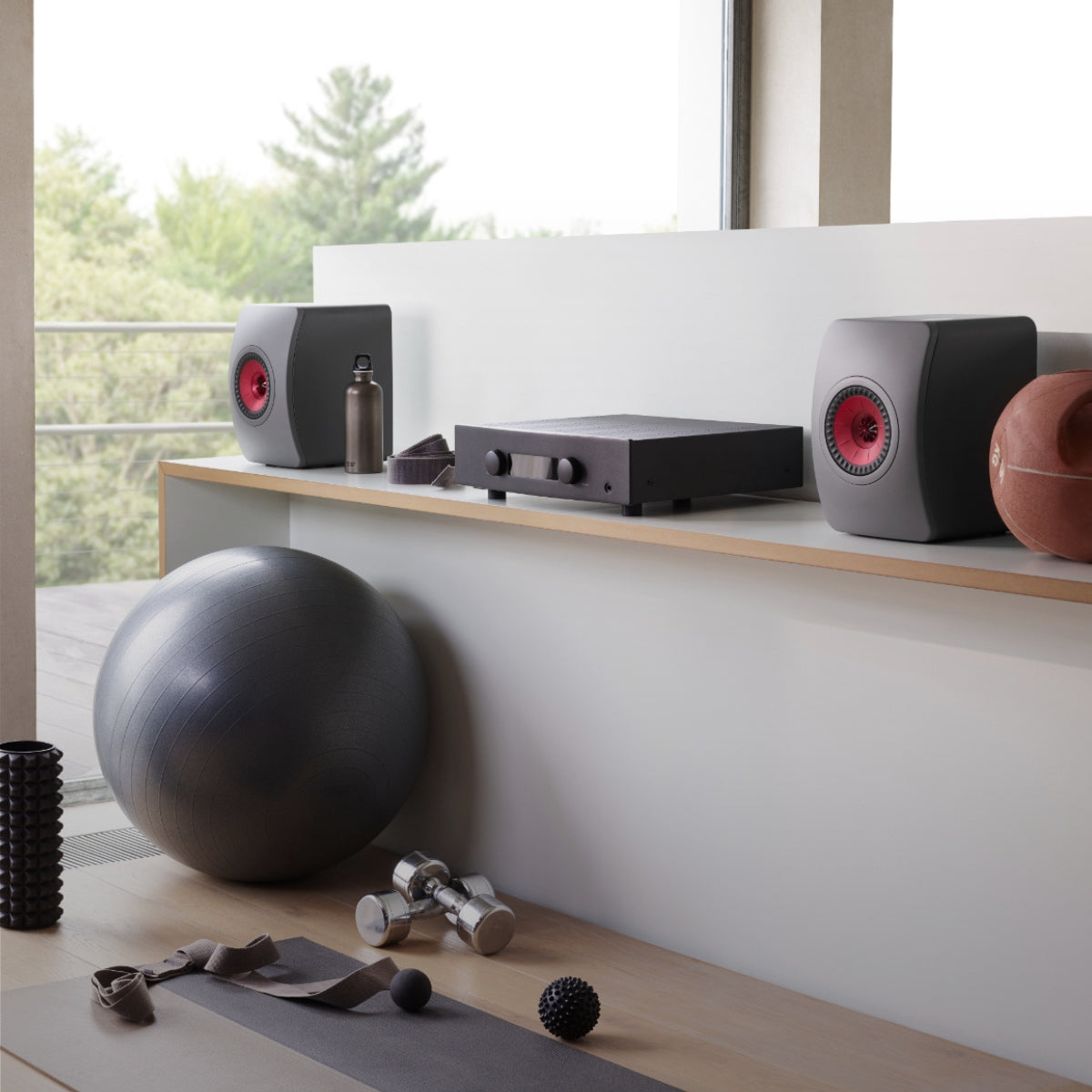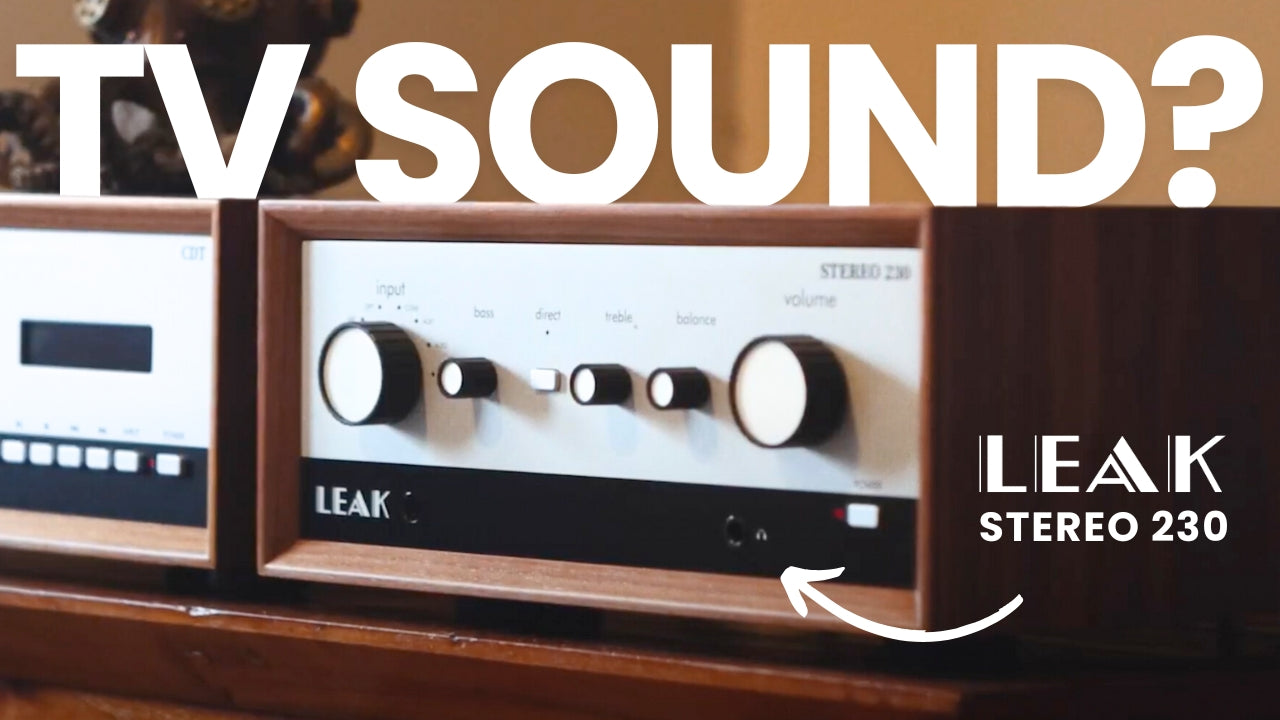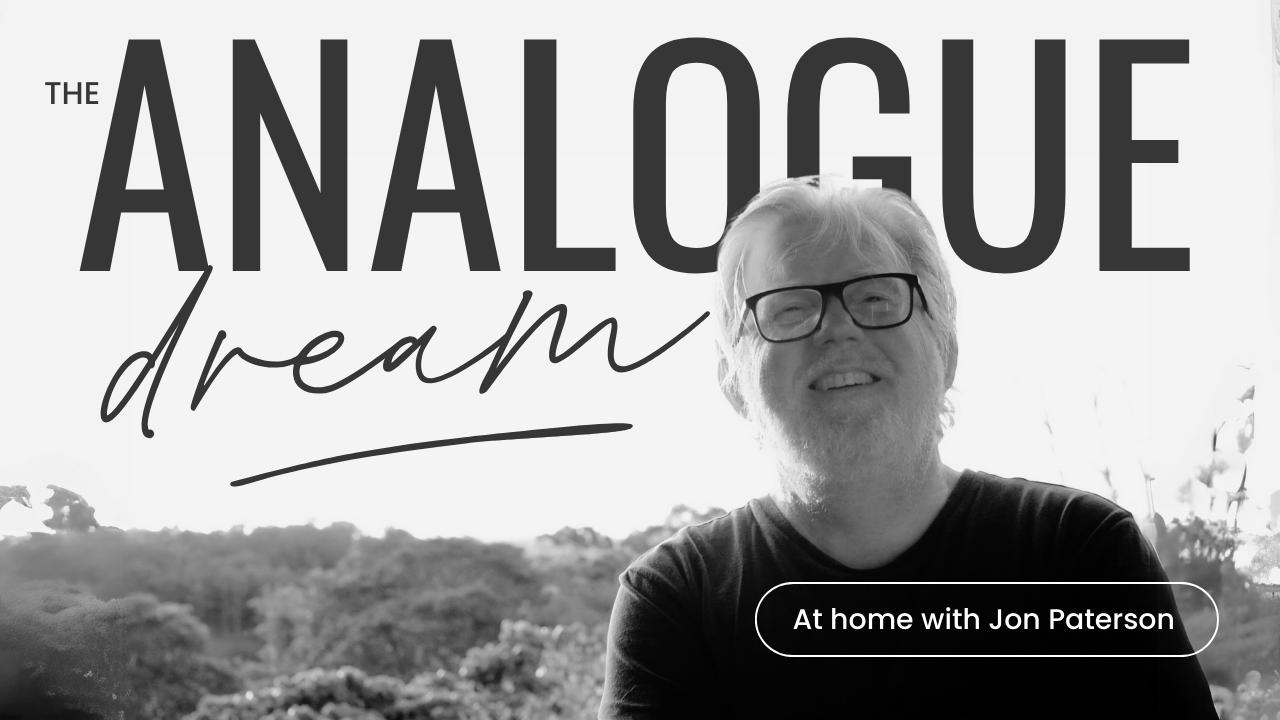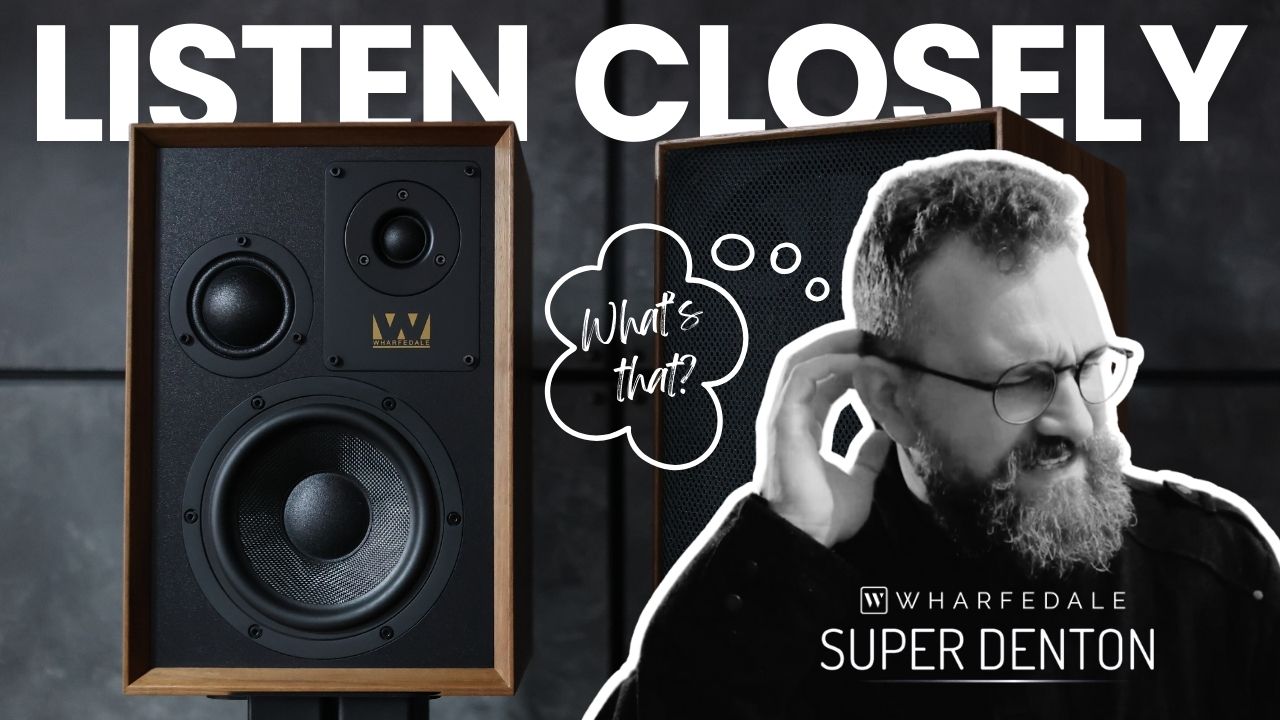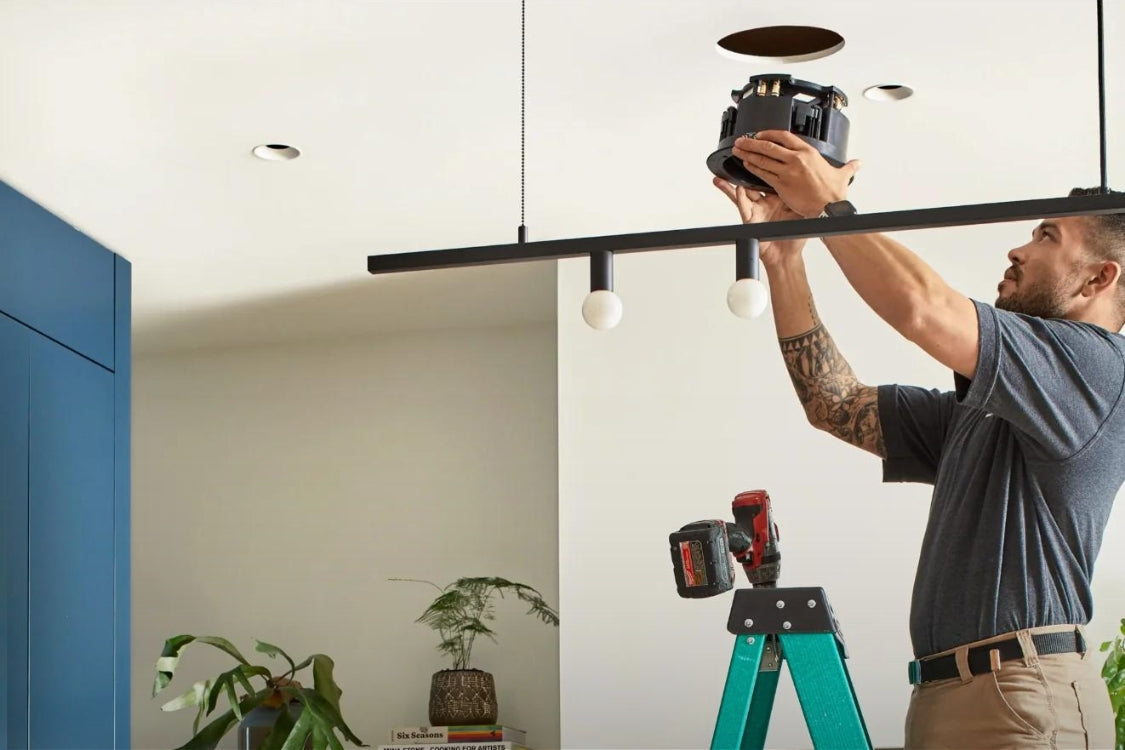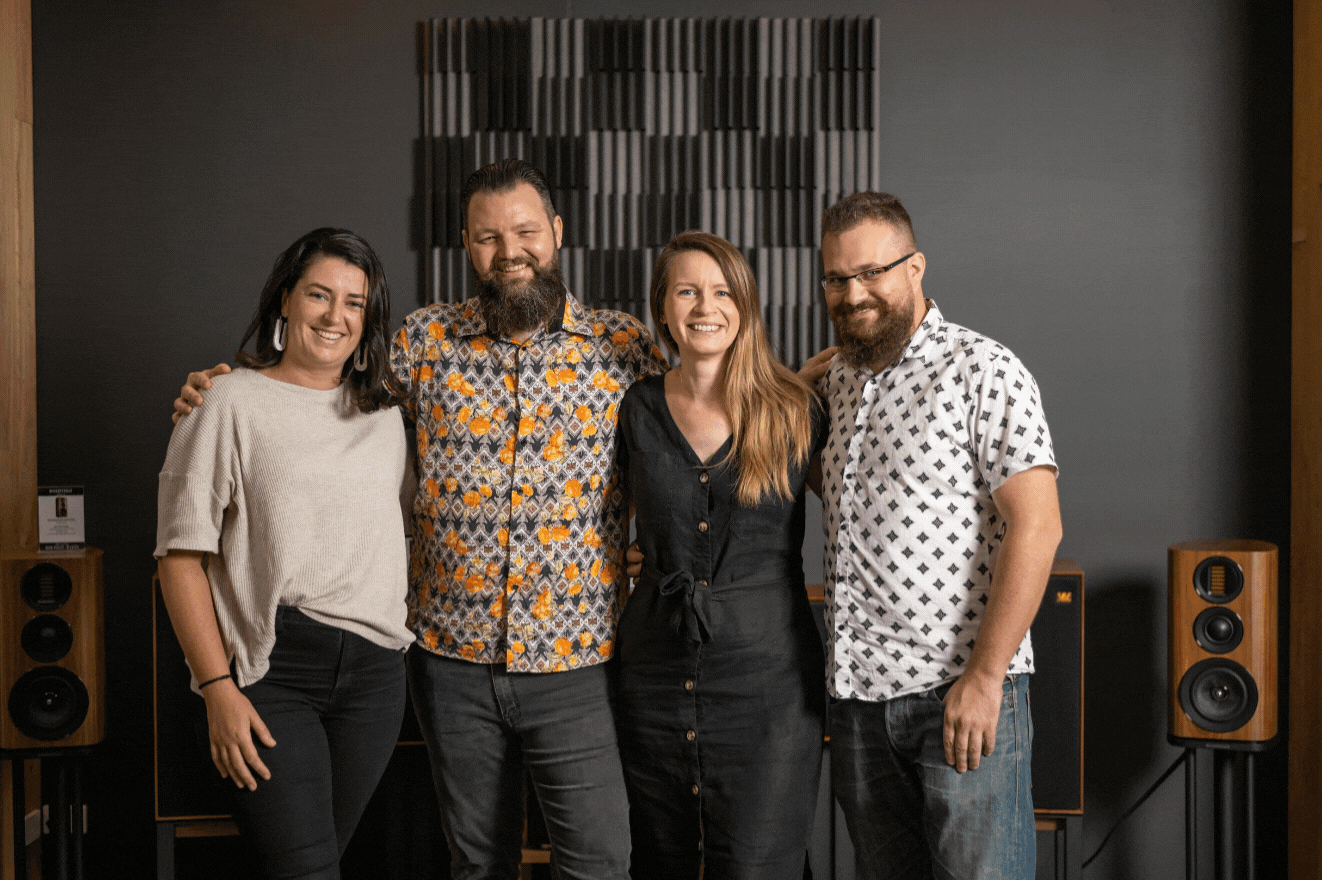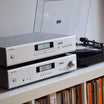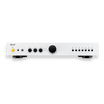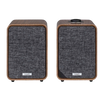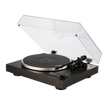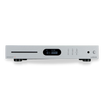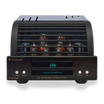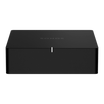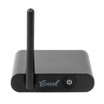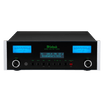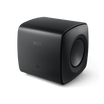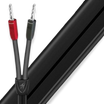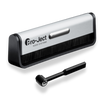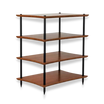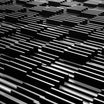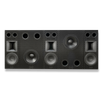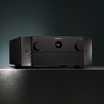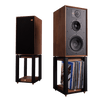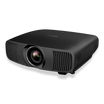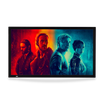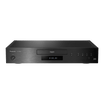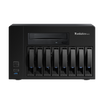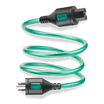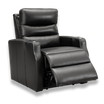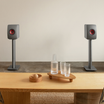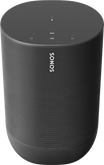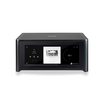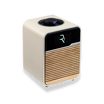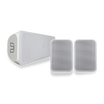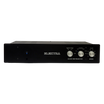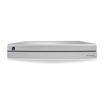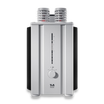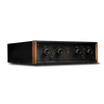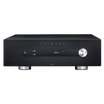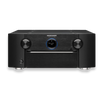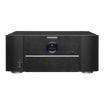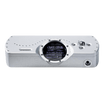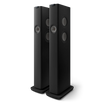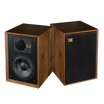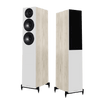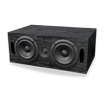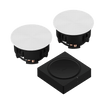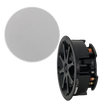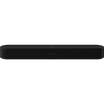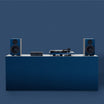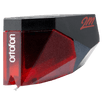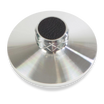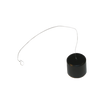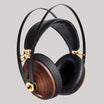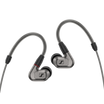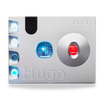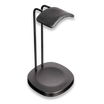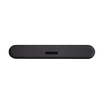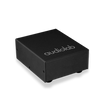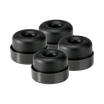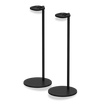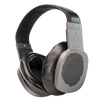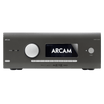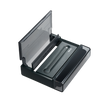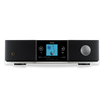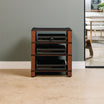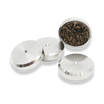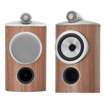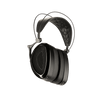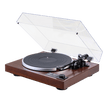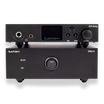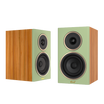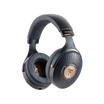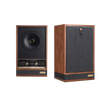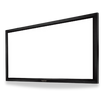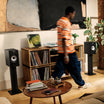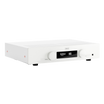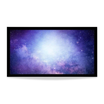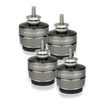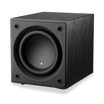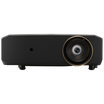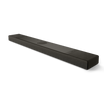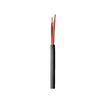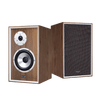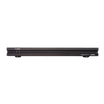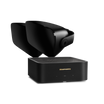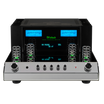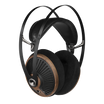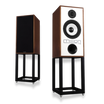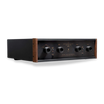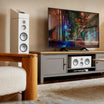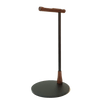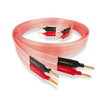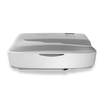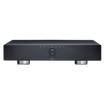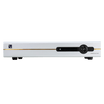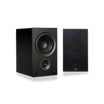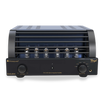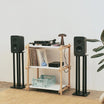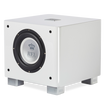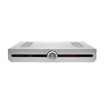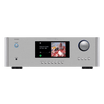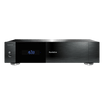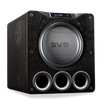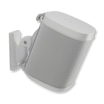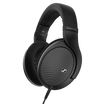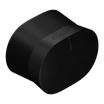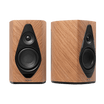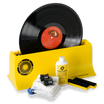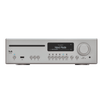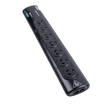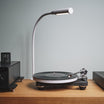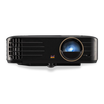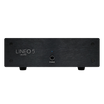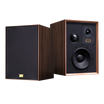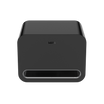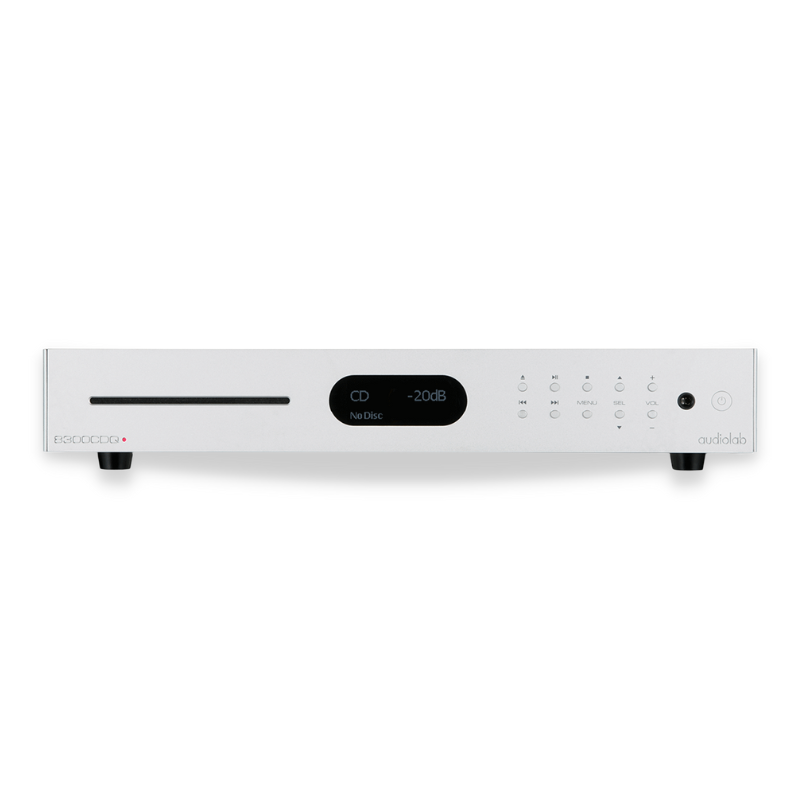
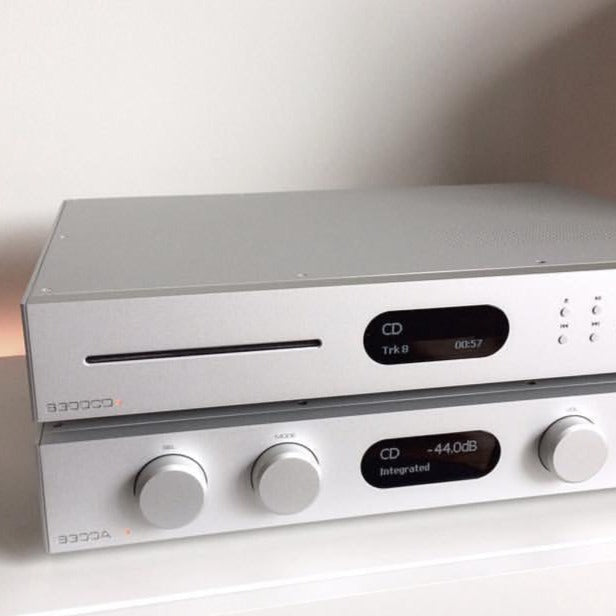
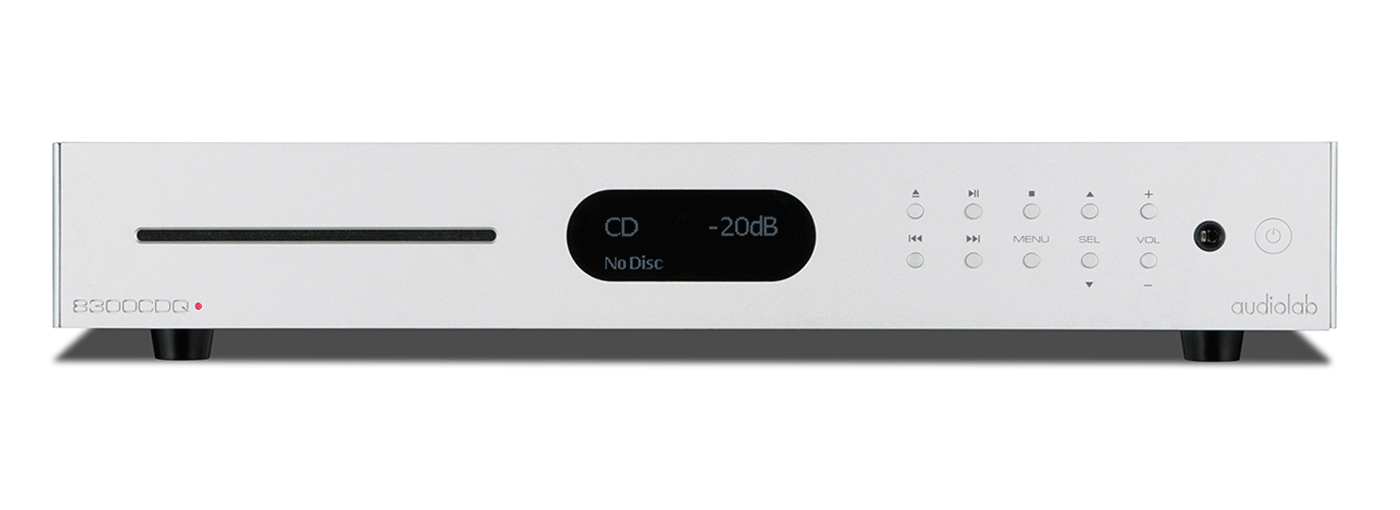
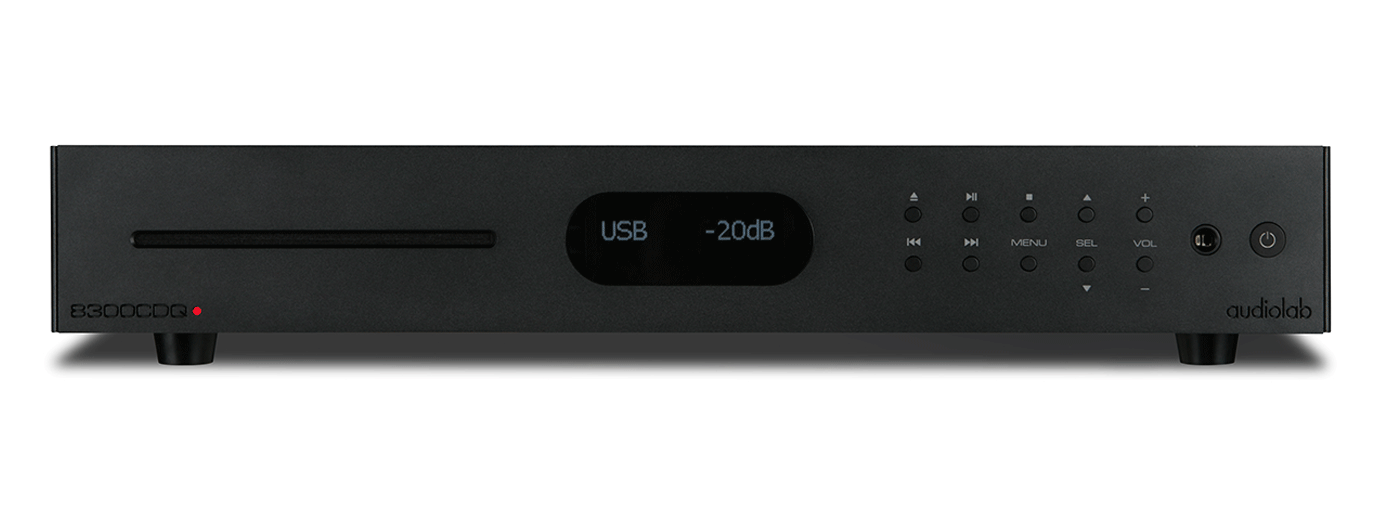
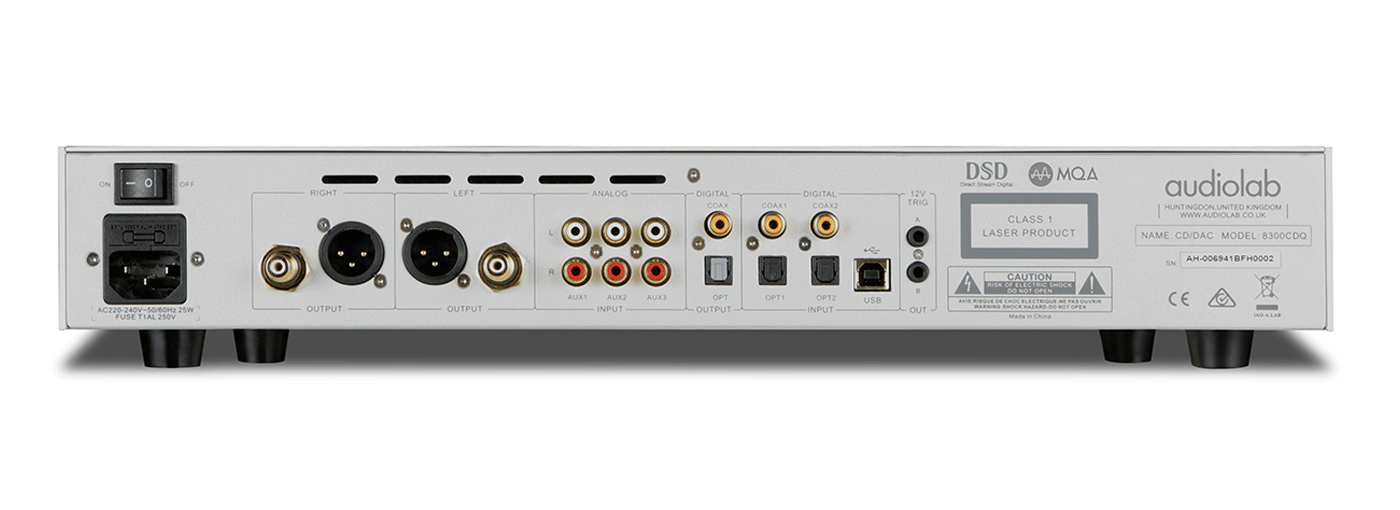
Audiolab 8300CDQ CD Player
Specifications
| Finish: | Fine Textured Aluminium (Black / Silver) |
| Display: | POLED 128x64 pixels 2.7 |
| Standby Feature: | Yes |
| 12V Trigger: | Yes |
| CD Mechanism: | Slot-Loading |
| DSD Compatible: | Yes (DSD64 / DSD128 / DSD256) |
| Disc Compatibility: | CD/CDR |
| DAC: | ESS Sabre32 9018 chip |
| Resolution: | 32 bits |
| Sampling Frequency: | Optical,Coaxial, AES: 32kHz - 192kHzUSB:32kHz - 384kHz(PCM) / DSD64, DSD128, DSD256 |
| Maximum Sampling Frequency: | Optical,Coaxial, AES: 192kHzUSB: 384kHz (PCM) / 11.2M (DSD256) |
| Output Voltage: | 4.2Vrms ±0.1 (Balanced)2.1Vrms ±0.1 (Unbalanced) |
| Output Impedance: | 10Ω |
| Total Harmonic Distortion (THD): | <0.002% (1kHz, 0dB, 20Hz ~ 20kHz, A weighted) |
| Frequency Response: | 20Hz - 20kHz (± 0.2dB) |
| Signal to Noise Ratio (S/N): | <-100dB A Weighted (Balanced)<-98dB A Weighted (Unbalanced) |
| Dynamic Range (A Weighted): | >100dB (Balanced)>98dB (Unbalanced) |
| Crosstalk (@1kHz): | <-130dB (Balanced)<-120dB (Unbalanced) |
| Standby Power Consumption: | <0.5W |
| Power Requirements: | 240V ~ 50 - 60Hz230V ~ 50 - 60Hz115V ~ 50 - 60Hz100V ~ 50 - 60Hz |
| Dimension(mm) (W x H x D): | 444 X 80 X 317 |
| Carton size(mm) ( W X H X D): | 500 x 140 x 455 |
| Weight: | 6.0kg (Net)7.5kg (Gross) |
Warranty
Shipping & Returns
We offer free shipping on any order over $150. For full details please see our Shipping Policy.
Our returns policy lasts 30 days. If 30 days have gone by since your purchase, unfortunately, we may not be able to offer you a refund or exchange. For full details please see our Refund Policy.

Audiolab 8300CDQ
To this specification the new 8300CDQ adds high-quality analogue preamp circuitry, coupled to three stereo pairs of line-level RCA inputs to connect analogue sources. The preamp circuitry is kept as simple as possible using high-quality components to maintain signal purity, with line input signals passing to a precision analogue volume stage. Much effort has gone into the physical layout of the 8300CDQ’s circuitry, protecting the sensitive preamp section from noise interference.
Taking it to the next level the 8300CDQ now includes MQA technology, which enables you to play back MQA audio files and streams, delivering the sound of the original master recording.
MQA (Master Quality Authenticated) is an award-winning British technology that delivers the sound of the original master recording. The master MQA file is fully authenticated and is small enough to stream or download.

Manufacturers Details:
The 8300CDQ adds further flexibility by incorporating a dedicated direct-coupled headphone amp with current-feedback circuitry. Accessed via a front-mounted 6.35mm socket, its gain bandwidth and high slew rate ensure a dynamic, detailed and engaging performance with all manner of headphone types.
The final key feature introduced in the 8300CDQ is decoding of MQA (Master Quality Authenticated). The brainchild of Meridian Audio co-founder Bob Stuart, MQA is a digital audio format designed for high-resolution music streaming and is available via subscription to Tidal’s ‘HiFi’ tier (among other sources). The 8300CDQ unpacks MQA data – received via the USB input – at the original file’s full resolution and passes the signal through its DAC and preamp stages, ready to feed a power amp or active speakers.

Engineered With Care:![]()
Audiolab’s MQA decoding solution was developed by John Westlake, one of Britain’s foremost digital audio experts. There are various ways to enable MQA playback on audio devices, and not all are equal sonically. Westlake’s solution maximises the format’s potential, just as the 8300CDQ’s design draws the best sound quality from other audio codecs and, of course, CDs
Launched in 2010, the original Westlake-designed Audiolab CD players – the 8200CD and 8200CDQ– were universally acclaimed for their superb sound quality and flexible facilities. In 2015, the 8300 Series arrived and both 8200 Series players were replaced by the 8300CD, building upon its predecessors’ formidable reputation. It has taken until now for this player to be joined by the enhanced 8300CDQ, further developing Audiolab’s classic line of CD players to reach still greater heights.

Key Features:![]()
Aside from the additional functionality outlined above, the 8300CDQ draws upon the exemplary circuitry contained with the existing 8300CD, including:
• Slot-loading CD transport mechanism
Fast in operation and neat in design, the 8300CDQ’s slot-loading CD transport delivers excellent reliability. A read-ahead digital buffer reduces disc-reading errors, enabling scratched CDs that are unreadable by conventional mechanisms to be played. High disc stability and low susceptibility to resonance contribute to the 8300CDQ’s superb CD sound quality.
• High-resolution digital inputs
Five digital inputs comprise 1x asynchronous USB and 4x S/PDIF (2x coaxial and 2x optical). Hi-res digital audio is supported up to 32-bit/384kHz PCM and DSD256, and USB HID compatibility enables driverless control of a connected PC, Mac or media player.
• 32-bit ESS Sabre DAC
The CD transport and digital inputs feed a DAC section with an ESS Sabre32 Reference chip nestling at its heart, utilising HyperStream architecture and ESS Technology’s Time Domain Jitter Eliminator to deliver ultra-low noise and high dynamic range. No company knows more about making the most of this 32-bit, eight-channel hybrid multi-bit Delta-Sigma DAC technology than Audiolab; the 8200CD and 8200CDQ were among the first audio components to use it and the company has been honing its implementation ever since. The conversion process involves 512 DAC elements (256 per channel) each operating at 84.672MHz – all digital audio sources, whatever the sample rate, are upsampled or oversampled to this frequency.
• Exemplary jitter reduction
Around the DAC chip are extensive measures to reduce jitter (digital distortion) to vanishingly low levels. Careful circuit layout and low-noise power supplies complement the DAC’s patented Sabre32 sample rate converter and clever DPLL (Digital Phase Locked Loop) circuit, radically reducing time domain errors from all digital input sources.
• Time domain isolation
While the Sabre32 sample rate converter virtually eliminates jitter within the digital domain, external ‘analogue domain’ induced artefacts caused by RF breakthrough, PSU coupling and so on will affect the DAC’s sonic performance. Audiolab resolves this issue via its CATDA (Cascaded Asynchronous Time Domain Attenuator) circuit. This circuit isolates the DAC substrate from sonically deleterious artefacts that affect non-synchronous digital input data. To achieve the best possible performance, three identical cascaded stages are used – each individual stage provides increased isolation, thereby maximising timing performance, even at higher RF frequencies.
• Selectable digital filters
As digital audio reproduction technology has progressed, the importance of the characteristics of reconstruction digital filters has become more appreciated. The Audiolab 8300CDQ features seven user-selectable filters for PCM audio data (including CD) and four ultrasonic filters for DSD data. These settings allow the user to tune the 8300CD’s performance according to system configuration, digital file quality and personal taste.
• Discrete Class A analogue stages and sophisticated power supply
The 8300CDQ’s analogue output stages and power supply are exceptionally well specified in the pursuit of sonic excellence. The circuitry includes a large, low-noise toroidal transformer, a plethora of reservoir/smoothing capacitors, an impressive number of regulator chips and discrete transistor (instead of op-amp) analogue stages at the output with ultra-low impedance to drive any cable and any load. The power supply incorporates 29 regulated supply rails including multiple ultra-low-noise regulators, with extensive measures against power supply contamination and cross-coupling.
This product has no reviews yet.
WHILE YOU ARE BROWSING

